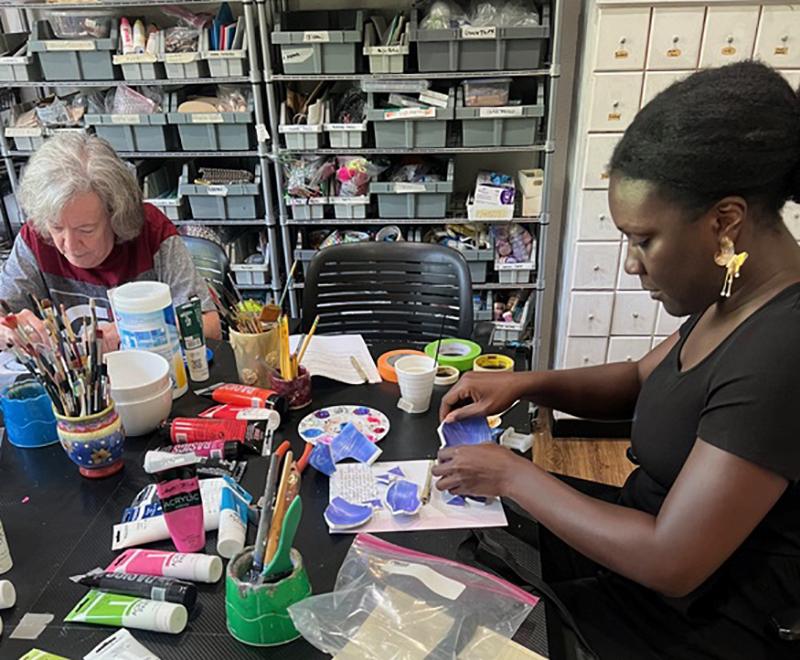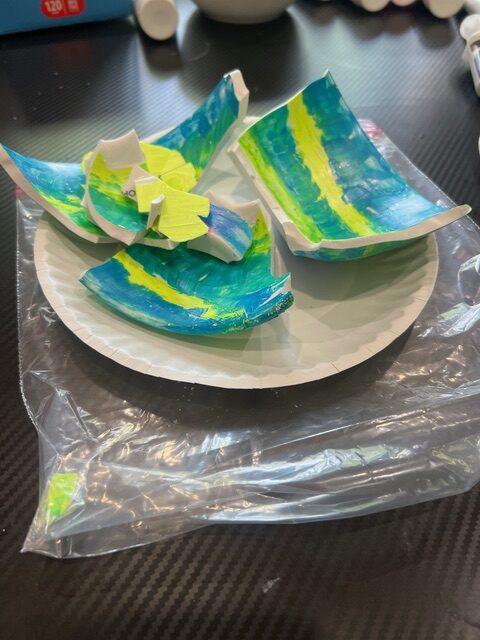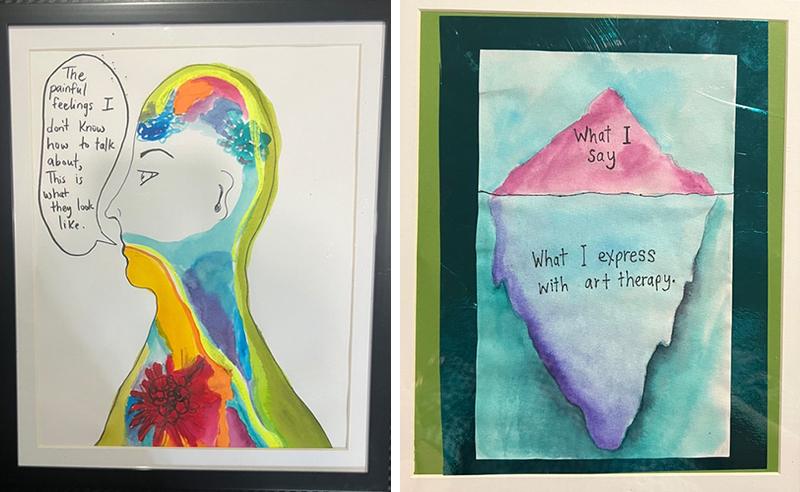How one donation helped Dallas Art Therapy expand its reach — and its impact.
At last fall’s Rocktoberfest, TCF owner Chris Blackburn presented a $50,000 check to Andrea Davis, executive director of Dallas Art Therapy (DAT). At the time, he had no idea just how transformative his gift would be.
Seven months later, Davis shared the powerful impact of the donation: it has directly advanced the organization’s mission to deliver inclusive, accessible, and professional art therapy services to people of all ages.

“It was a huge game changer for us,” she shared. “As a very small nonprofit, this support allowed us to shift our focus from constant fundraising to what truly matters — providing therapeutic care.”
Case in point: DAT’s open art studio, which is now offered weekly instead of once a month.
Designed for those processing grief, depression and stress, the program has been instrumental in providing participants with a safe, comforting space for healing and self-discovery. “It’s a relaxed environment for serious work to be done with playfulness and fun,” said Davis.

Recently, the group learned the art of Japanese kintsugi — the art of repairing broken pottery, primarily using gold-dusted lacquer to mend the cracks. More than just a repair technique, it’s a philosophy that embraces imperfection and celebrates the history of a broken object. Rather than being hidden, cracks are highlighted, making the repaired object more beautiful and resilient than before.
“The creative process can be both empowering and revealing. For those who struggle with traditional talk therapy, art provides a nonverbal avenue for exploring complex feelings.”

Davis finds working with children particularly meaningful. One memorable example involves an eight-year-old boy who, after losing a parent, used visual storytelling to express the depth of his grief — communicating emotions too complex for words.
“Right now, we have a program at Baylor, Scott & White. But what we’d like to see is an art therapy program in every childrens hospital.”
The challenge: increasing the number of licensed art therapists.
“We’re moving as fast as we can to grow,” said Davis. “Our goal is to join the other 15 states that already have licensure, which would open the door for universities to offer master’s degree programs.”
While making art on its own can be really therapeutic, working with a trained art therapist takes it a step further. “They’re trained to help you explore what your art might be saying —asking the right questions, noticing details and helping you unpack things about yourself you might not have seen on your own.”


YOUR COMMENT